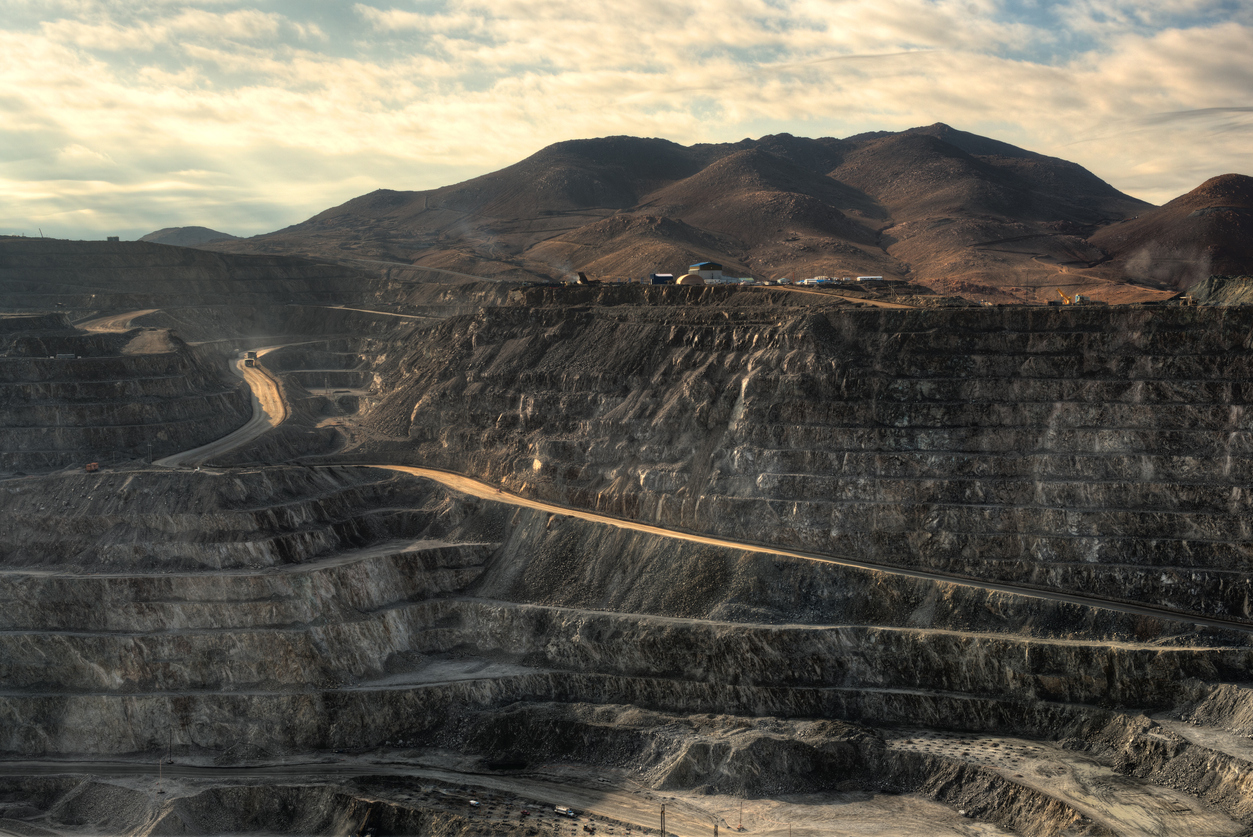
South America is home to some of the largest copper deposits in the world, and several exploration companies are working hard to discover new resources and expand existing ones. Here are the top three copper exploration companies in South America, along with some of their most notable intercepts.
Solaris Resources (TSX:SLS) (OTCQB:SLSSF)
Solaris Resources (TSX:SLS) (OTCQB:SLSSF) is a Canadian copper exploration company focused on the discovery and development of copper and gold deposits in the Americas. The company has a strong presence in South America, where it is actively exploring for copper and gold deposits in Ecuador and Peru.
The company continues to report regular exploration results expanding on its discoveries at what has been called a potential “superpit”.
Warintza is considered a take-out target as the Company has defined a large 1.5Bt copper inventory, featuring a high-grade starter pit and low strip ratio, within a mining district offering major structural advantages from highway access, abundant and low-cost hydroelectric power, fresh water, labour and low elevation. The Company has de-risked the project by locking in a social license through an IBA signed with the communities, and freezing in place the regulatory and fiscal framework by signing an Investment Contract with the Government in December. The final de-risking item is completing project permitting, which is ongoing and expected in 2024 with the project being designated a “strategic priority project” by the Government.
First Quantum Minerals (TSX:FM)
First Quantum Minerals (TSX:FM) is a Vancouver-based mining company with operations in Africa, Australia, and South America. Its flagship copper mine is the Cobre Panama project, located in Panama. The company has been exploring the region for years and has made several significant copper discoveries.
First Quantum has reported several impressive drill intercepts at Cobre Panama. One of the most notable was a 136-meter intersection of copper and gold mineralization, grading 0.63% copper and 0.35 grams per tonne of gold. This intercept was found in the southeast extension of the Cobre Panama deposit, and the company believes it has the potential to significantly increase the mine’s resources.
Anglo American (LSE:AAL)
Anglo American (LSE:AAL) is a multinational mining company with operations in Africa, Europe, and the Americas. Its copper operations are located in Chile, where it owns a 50% stake in the Los Bronces mine and a 100% stake in the Mantoverde mine.
Anglo American has reported several impressive drill intercepts at Los Bronces. One of the most significant was a 95-meter intersection of copper and molybdenum mineralization, grading 0.67% copper and 0.022% molybdenum. This intercept was found in the north zone of the mine, and the company believes it has the potential to increase the mine’s resources.
Teck Resources (NYSE:TECK)
Teck Resources (NYSE:TECK) is a Canadian mining company with operations in Canada, the United States, and Chile. Its copper operations are located in Chile, where it owns a 90% stake in the Quebrada Blanca mine.
Teck reported several intercepts at Quebrada Blanca since exploration began. One of the most biggest was in 2021; a 129-meter intersection of copper mineralization, grading 0.39% copper. This intercept was found in the QB2 deposit, which is currently under construction and expected to begin production in 2022. The company believes that QB2 has the potential to become a significant copper producer, with a projected mine life of over 25 years.
The above references an opinion and is for information purposes only. It is not intended to be investment advice. Seek a licensed professional for investment advice. The author is not an insider or shareholder of any of the companies mentioned above.
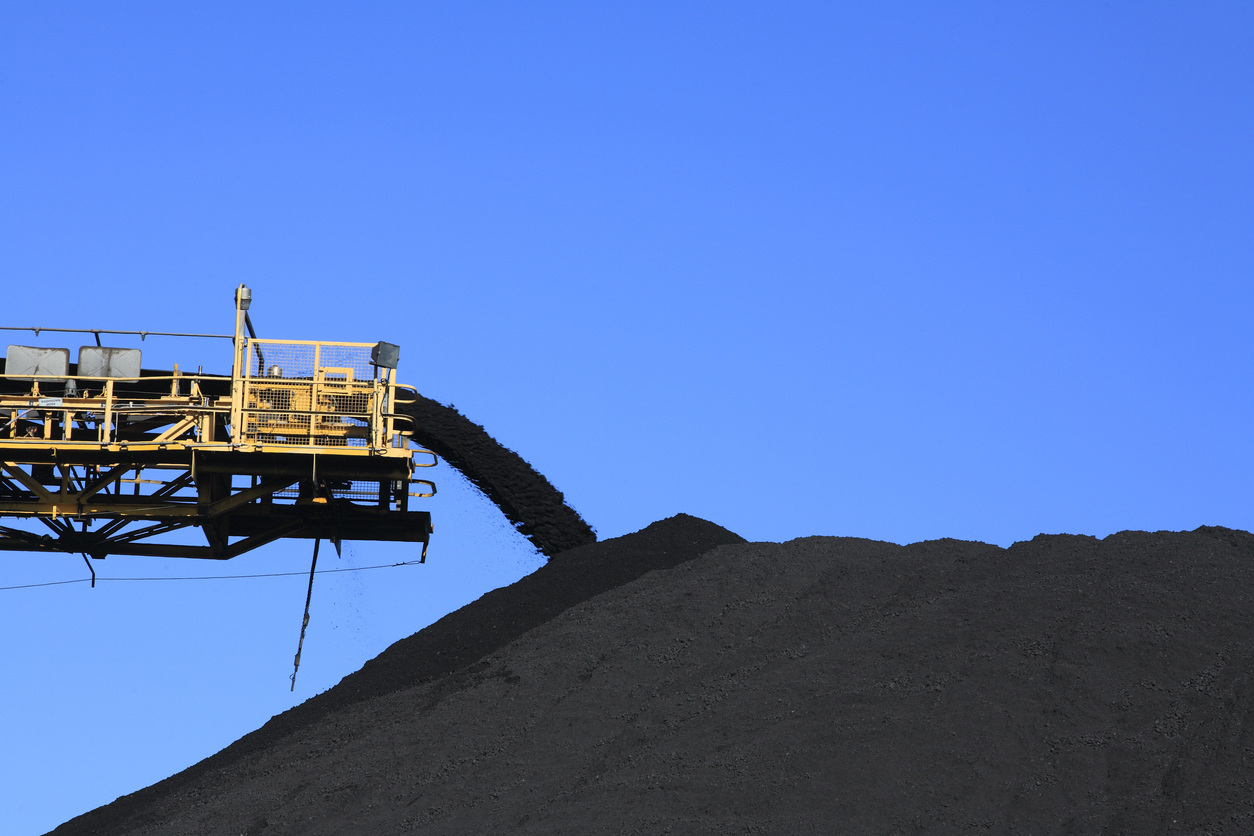
Teck Resources Ltd. (NYSE:TECK) is exploring options for its metallurgical coal business including a sale or spin-off that could mark the unit up to $8 billion, sources with knowledge of the matter said. Teck is working with consultants to explore strategic alternatives for the coal block, insiders said to Bloomberg News, citing confidential information.
Teck isn’t the only company to reconsider its assets. Major commodity producers are under increasing pressure to reduce fossil fuels in response to investor concerns about climate change. BHP Group (ASX:BHP) recently agreed to sell its oil and gas assets to Australian company Woodside Petroleum Ltd last month and is attempting to exit the coal business.
This is a recurring and growing trend in the industry as coal mining falls out of favour for the critical tech and other metals needed for a carbon-neutral economy. Copper, aluminum, lithium, nickel, and cobalt are some of the preferred business units that are seeing investment from mining companies.
Each of them is critical to the battery supply chain, electric vehicle (EV) manufacturing, or energy industries and will be required in massive amounts. This is also driving the need for clean steel and other metals while simultaneously reducing the size of coal divisions.
Anglo American PLC (LSE:AAL) produced more than 21 million tonnes of steel coal last year at four sites in western Canada. The company spun off its South African coal division in a separate IPO in June. Consultations are still at an early stage and the company has yet to decide whether to retain the South African unit, it said.
Anglo American accounted for about 35% of gross profit before depreciation and amortization in 2020, according to its website. An exit from coal would free up resources for Anglo American (LSE:AAL) to accelerate its plans for commodities like copper for which demand is accelerating on the powerful tailwind of a coming electrified global economy.
Metallurgical coal, a key raw material for steel production, remains one of the world’s most polluting industries and is under considerable pressure from policymakers to clean up their act. China, the world’s largest metal producer, has even hinted at curbing steel production to reduce carbon emissions. Still, metallurgical coal prices have continued to rise this year as investors fuel steel demand on a global economic recovery and sustained needs as the transition to cleaner sources continues.
The above references an opinion and is for information purposes only. It is not intended to be investment advice. Seek a licensed professional for investment advice. The author is not an insider or shareholder of any of the companies mentioned above.

Growing wildfires in British Columbia continue to create complications for everyone in the region. High winds continue to fan the flames of massive blazes in southern and Interior BC. Those fires have prompted evacuations for hundreds of properties and several highway closures.
Teck Resources (NYSE:TECK), Canada’s largest diversified miner, is also feeling the heat after the District of Logan Lake issued an evacuation order. As a result, the company has had to close its Highland Valley copper mine. The closure of the mine means all workers except employees essential for ensuring safety and environmental protection have been evacuated now. The company will continue to monitor the situation closely but sees no risk to its infrastructure in the region so far.
This delay could ultimately have an effect on production, but of course, this is dependent on the length of the evacuation order. In the meantime, Teck is not standing by idly. The company has already donated C$!50,000 to support all of the British Columbia wildfire relief efforts, with an additional $100,000 going to the Canadian Red Cross, and $50,000 going to the Society for the PRevention of Cruelty to Animals.
Teck employees have pooled their resources and have donated to the causes, with the company matching the $25,000 they raised.
This is nothing new for the company and the province, as wildfires continue to rage. Evacuations and significant quantities of smoke have now been a regular feature of the landscape for some time now in 2021. Smoke from these wildfires has been getting in the way of the company’s operations, primarily because of low air quality.
The low air quality is an untenable condition for the mining company and shut down the oxygen plant, which is needed for production at Teck’s metallurgical plant. As the fires continue to burn and firefighters do all they can to stop them, the company has indicated that it will provide any updates to production guidance if it is needed when the smoke clears.
The above references an opinion and is for information purposes only. It is not intended to be investment advice. Seek a licensed professional for investment advice. The author is not an insider or shareholder of any of the companies mentioned above.
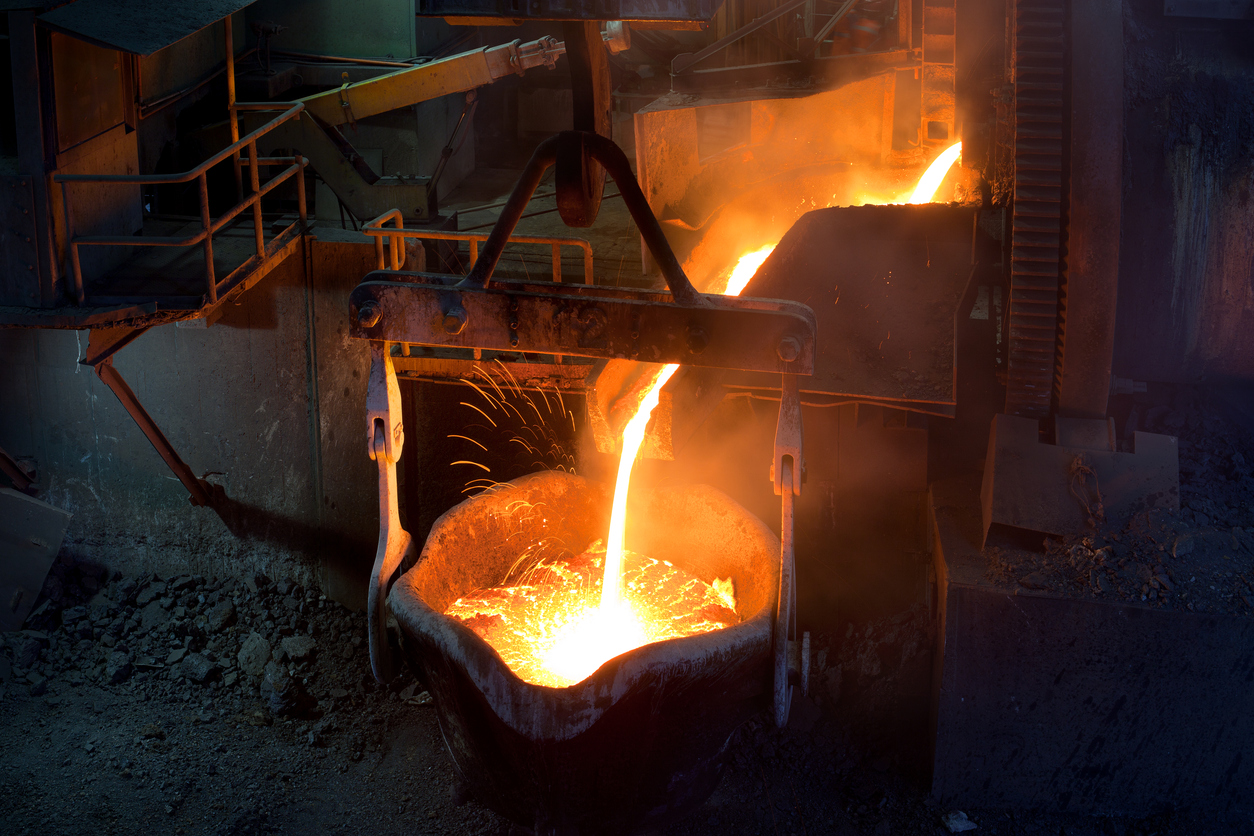
Copper’s continued rise seems to be without barriers right now, even after China ramped up efforts to cool the commodities surge that may be building fears of global inflation. Worries on the other side of the planet are also fueling concerns about the long-term supply outlook.
Chile’s proposed tightening of regulations in the country and higher taxes on royalties and other profits may not come to pass, but until a resolution is made by vote, miners and traders will continue to haggle over the direction of copper. For now, the bias has been a solid upward trend that is showing no signs of abating.
The world’s biggest copper-producing country (Chile) has just elected an assembly that had put the writing and signing of a new constitution mostly in control of the left-wing. With social and environmental concerns at the forefront of their political agenda, there isn’t much room for error as opponents of the new policies work to prevent them from being signed into law.
Compromise Will Be Necessary
In the end, some regulations could be coming down the pipeline, with miners facing more rigid rules around environmentally-friendly operations and mineral rights. That regulation would ultimately pave the way for one of the heaviest taxes on the mining industry in the world. Royalties and profits from mining activities in the country could be taxed at higher rates than ever before, possibly leading some miners to shift focus to other regions.
For some companies, risks are minimized. Canadian miner Teck Resources (NYSE:TECK) has a stability agreement in place with the country that will shield its massive Quebrada Blanca Phase 2 copper project from higher tx levels for 15 years, according to Chief Executive Don Lindsay. Many countries south of the equator have shifted tone on mining, with Peru’s socialist presidential candidate Pedro Castillo claiming he would raise taxes and royalties on Peru’s all-important mining sector and move to quickly renegotiate with large companies over their tax contracts. This is a big if, as he has not been elected, and opposition is strong.
Lobby groups, politicians, mining companies, and their workers will look to maintain operations as they are, with job creation and economic growth a key pillar for the countries in which the mining industry operates. As one of the most significant sectors for many of these countries, the jobs they rely on and the tax income generated are essential to the nations and the politicians who run them.
There’s No Stopping This Train, Even if it Slows
For now, China continues to maneuver to try to find ways to contain costs and keep prices low or at least stable. Citigroup analysts recently recommended buying the dips since Beijing could “easily run out of options” for tamping down price growth. Analyst Tracy Liao wrote in a note that, “We do not foresee such a U-turn any time soon given the strategic priority of these agendas.”
The coming decade is likely to see consistent growth for copper prices, regardless of intervention as the global economy pivots to an electrified format with EVs and batteries driving much of the transition.
The above references an opinion and is for information purposes only. It is not intended to be investment advice. Seek a licensed professional for investment advice. The author is not an insider or shareholder of any of the companies mentioned above.
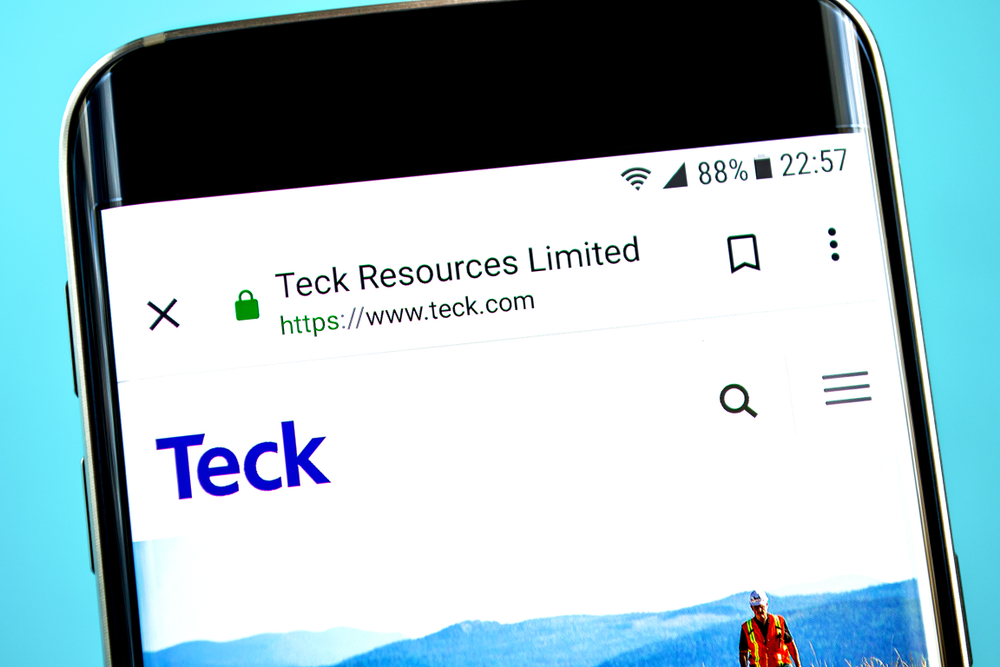
Teck Resources Ltd. posted a $305 million profit for their first quarter, starting 2021 strong and foreshadowing a solid year ahead. Compared to the first quarter last year, the number represents a $600 million swing in the opposite direction from a $312 million loss in 1Q20. The 246.8% jump in first-quarter adjusted profit is a big move to start the year that is expected to be the start of a long, profitable run for the industry.
Much of that loss came from a $474 million asset impairments charge at its Fort Hills oil sands operation. Still, it is clear that high commodity prices in 2021 are a large part of what is driving the company’s performance and stock price. Revenue for the quarter was also up 7.14% YoY to $2.55 billion from $2.38 billion in the same quarter the year before.
Major Milestones
While analyst consensus had an estimate of 62 cents per share and Teck hit an adjusted 61 cents, this didn’t phase investors, and the 247% profit bump was what investors decided was more important. In a statement, chief executive Don Lindsay said, “Strong first-quarter operational performance, in line with plan, and higher commodity prices contributed to a very solid start to 2021. We achieved major milestones for our priority project, including surpassing the halfway point at our flagship QB2 copper growth project and moving into the commissioning phase of our Neptune steelmaking coal terminal upgrade.
Supported by Strong Copper Prices
Higher copper prices continue to drive profits and progress for copper miners right now as demand for raw materials increases with economic reopenings and COVID-19 vaccine rollouts. The first quarter of 2021 saw a 54% price increase to US$3.92 per pound, giving a strong boost to copper miners and contributing to a lift in commodity prices across the board.
With such a strong start to 2021, Teck Resources seems set up for a long run this year as investors continue to pile into copper mining companies to get a piece of the decades-long supercycle the red metal is entering now.
The above references an opinion and is for information purposes only. It is not intended to be investment advice. Seek a licensed professional for investment advice. The author is not an insider or shareholder of any of the companies mentioned above.
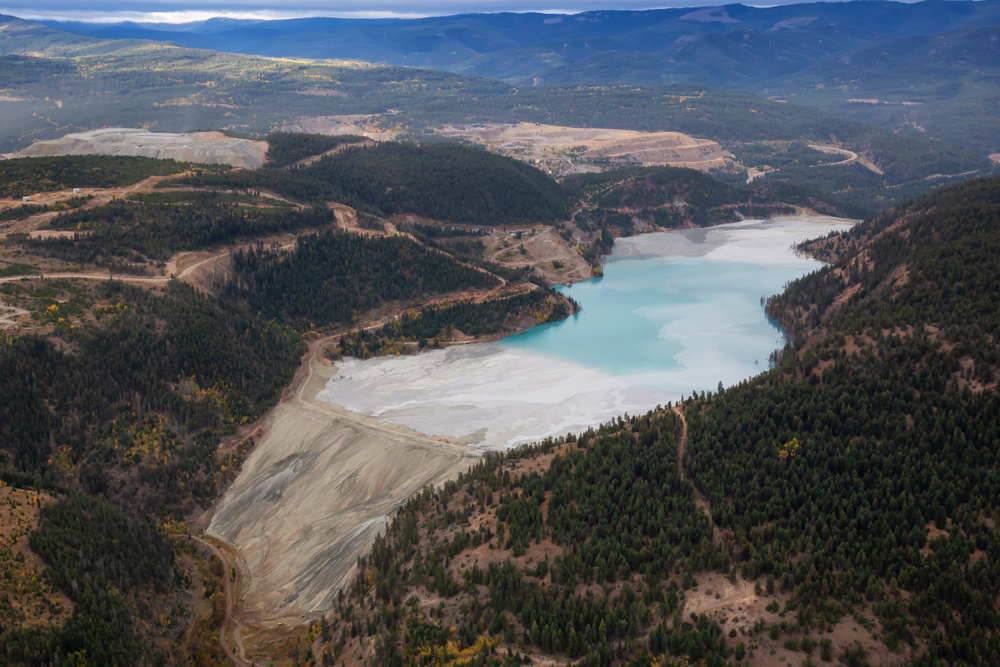
Shares of Teck Resources (NYSE:TECK) had a great session today, surging more than 9%. While the past few weeks have been tough from a PR perspective, the company’s operations and future plans are set to propel it forward at warp speed if plans are approved. Teck Resources is Canada’s largest metallurgical coal producer, and as such has a significant carbon profile.
The company put together a sustainability report in 2019 assessing its mining operations across Canada, the U.S., and Chile. In a world increasingly concerned with the environmental impact of mining, Teck has pledged to reduce carbon intensity over the next nine years and has a goal of being completely carbon neutral by 2050.
Joining the Pact
This matches a lot of the goals being put forward by governments (including Canada’s) and seems to be the standard expectation for rich countries now. If the company can hit those targets, it will mean a lot to the environment, but also investors who increasingly put environmental, social, and governmental (ESG) principles at the forefront of stock selection for their portfolios.
The cost of an ambitious goal like this is sure to cut into the company’s balance sheet, but it is a necessary one if the company hopes to continue being the biggest coal producer in the country. On top of their difficult goals, they also have to contend with a world that needs and wants less coal overall. However, this is primarily a perception problem as the industry and metallurgical coal are necessary to the production of steel. The steelmaking process wouldn’t work without it (and the world needs a lot of steel).
Whether environmental activists and local communities agree or not, coal mining will still be necessary for the foreseeable future. Teck’s plans ensure that this necessary and extremely valuable resource – British Columbia’s government forecast production to be worth almost $4 billion in 2020 – is mined with controls in place to protect the environment and wildlife.
Setback
The company will first need to deal with its management of selenium pollution in southeastern British Columbia. Environment Canada investigators found Teck guilty of not having “a comprehensive plan to address the deposit of coal mine waste.” The element selenium is actually necessary for life in small doses. Unfortunately in the large amounts found (as much as 90 micrograms per litre in the Fording River and as much as 177 micrograms in settling ponds at the mines), it can cause fish deformities and reproductive failures.
The $60 million fine levied on Teck Coal, a subsidiary of Teck Resources is the largest fine ever imposed under the Fisheries Act. This setback should be a minor one, and a lesson going forward on the ESG side of their business that will be a necessary priority going forward, particularly if the company wants to hit its targets for decarbonization on the scheduled timelines.
Teck plans to build additional water treatment plans to bring down the selenium pollution from existing mines first. Then it will develop a plan to control the impacts on water quality from the extension project. This would be a huge step toward their ESG goals and a signal to investors that they are ready for the future.
Future-First Perspective
Once the company is able to put this fine behind it, it can look forward to the future with a proposed mine that is poised to log the highest annual coal production. Their Castle Mountain proposal includes mining metallurgical coal just south of the company’s existing Fording River operations.
The expected 10 million tonnes per year to come from the Castle Mountain mine by 2030 would extend the life of the Fording River operations by several decades. The company is now waiting for project approval and is in the early engagement stage of a coordinated provincial and federal assessment process. The company will likely be on the hook for preparing a detailed strategy to combat emissions and the selenium pollution issue.
If they can address the issues of selenium and nitrate contamination, impacts on First Nations’ use of the land, preserving biodiversity and greenhouse gas emissions, the project is set to be a positive silver lining for the future of the company and metallurgical coal mining.
The above references an opinion and is for information purposes only. It is not intended to be investment advice. Seek a licensed professional for investment advice. The author is not an insider or shareholder of any of the companies mentioned above.
If you would like to receive our free newsletter via email, simply enter your email address below & click subscribe.
CONNECT WITH US
Tweets
Tweet with hash tag #miningfeeds or @miningfeeds and your tweets will be displayed across this site.
MOST ACTIVE MINING STOCKS
Daily Gainers
 |
CMB.V | +900.00% |
       |
FEX.V | +50.00% |
    |
KGD.AX | +40.00% |
 Golden Minerals Company Golden Minerals Company |
AUMN | +36.01% |
       |
CRD.V | +33.33% |
       |
CASA.V | +30.00% |
       |
GDX.V | +25.00% |
       |
ADD.V | +25.00% |
    |
NAE.AX | +25.00% |
    |
CUL.AX | +25.00% |

 Follow us on Twitter
Follow us on Twitter Become our facebook fan
Become our facebook fan







